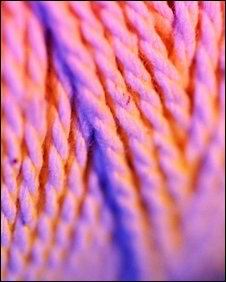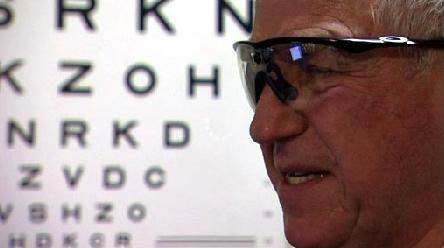Working in an Oil & Gas company with a rotation of 8 weeks / 2 weeks causes me to experience this so called “Jet Lag” every time I travel. Good news for those of you who also experience this, a research and study on how to reduce jet lag was published in the journal of Minerva Cardioangiologica on November 5, 2008 reveals Pycnogenol, pine bark extract from the French maritime pine tree, reduces jetlag in passengers by nearly 50 percent.
The two-part study, consisting of a brain CT scan and a scoring system, showed Pycnogenol lowered symptoms of jetlag such as fatigue, headaches, insomnia and brain edema (swelling) in both healthy individuals and hypertensive patients. Passengers also experienced minimal lower leg edema, a common condition associated with long flights.
Jetlag is a temporary disorder that causes a variety of temporary mental and physical impairments as a result of air travel across time zones. It is caused due to the body’s inability to immediately adjust to the time in a different zone while traveling. As the body struggles to cope with the new schedule, temporary conditions such as insomnia, fatigue, irritability and an impaired ability to concentrate may set in.
“This study could not have come at a better time for the upcoming holiday travel season,” said Gianni Belcaro, a lead researcher of the study. While more research needs to be conducted on this topic, Pycnogenol is emerging as natural, yet safe option for long distance travelers.
The researchers attributes Pycnogenol’s combined activities for better circulation and antioxidant potency to such remarkable results.
Source: Xinhua

















Recent Comments